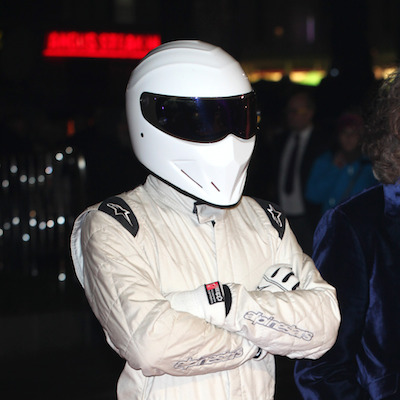The U.K. TV show “Top Gear” is a worldwide hit. And of its segments, one that most astounds is the Challenges. Often, these challenges involve analyzing the performance improvements or cost effectiveness of various after-market modifications.
Why is this so revolutionary? They install those crazy mods you’ve seen in stores, and they actually test their effectiveness, putting the entire after-market component industry on trial, complete with verdicts.

The hosts, Jeremy Clarkson, Richard Hammond and James May, will typically start with average vehicles and use limited funds to choose and install modifications to achieve a particular goal, usually to be tested in a competitive event against the other hosts. And against the Stig, of course.

And there are shenanigans. Oh, the shenanigans. In the heat of competition, the hosts will often sabotage or vandalize each other’s efforts. Really fantastic television. Fun to watch.
Today, we’ll look at which modifications Top Gear’s Challenges consistently show to have the best bang for the buck, and which ones consistently prove to be boondoggles.
The mods that POP
- Tires, installed – $500 and up: Simple, obvious and foundational; that tires are often a cost-efficient way to get your vehicle to perform better should be no surprise. Even assuming that your existing tires have never had leaks or punctures, the improvements that can be observed in traction and fuel efficiency by simply buying better tires might be seen right away.
- Air filter – $50 and up: This one appears on this list because, in many of the Top Gear challenges, the vehicles acquired are older, used vehicles, and one of the first things that shows an improvement in fuel economy and available horsepower is simply getting rid of that dingy, old, clogged air filter. It can breathe new life into an engine.
- Fuel system cleaning solvent – $12: Single-use cleaning solvents that can be deposited directly into the fuel tank can be a quick and easy way to clean fuel system components, and see a quick boost in performance with older cars. Caution: these chemicals are often hazardous. Read and observe labeled warnings and directions.
The mods that FLOP
- Spoiler, installed – $500 and up: Rear spoilers are meant to improve vehicle performance at high speeds by shaping the flow of air to increase traction of rear wheels, and thereby let the vehicle “hug the pavement.” The results of Top Gear’s research suggest the opposite. If anything, your vehicle’s handling is likely to suffer.
- Racing suspension kit, installed – $3,500 and up: Other than the fact that you really will notice a difference when driving your vehicles on an after-market racing suspension, what you will probably never see is an actual improvement in performance. No better acceleration, no improved parabolic turn geometry, nothing. Maybe a “harder ride.” Maybe.
- Paint, painted – $2,000 and up: A mid-range quality paint job is likely to be the least cost-effective modification you can make to your vehicle, no matter how much the salesman guarantees that the fancy paint will “resist water and dust, making you flow through the air better.”
In summary, unless much of your drive time is spent on a racetrack, you probably aren’t going to see much benefit from pricey modifications, and should stick with the OEM stuff that makes your car work as the designers intended.
Written by:
